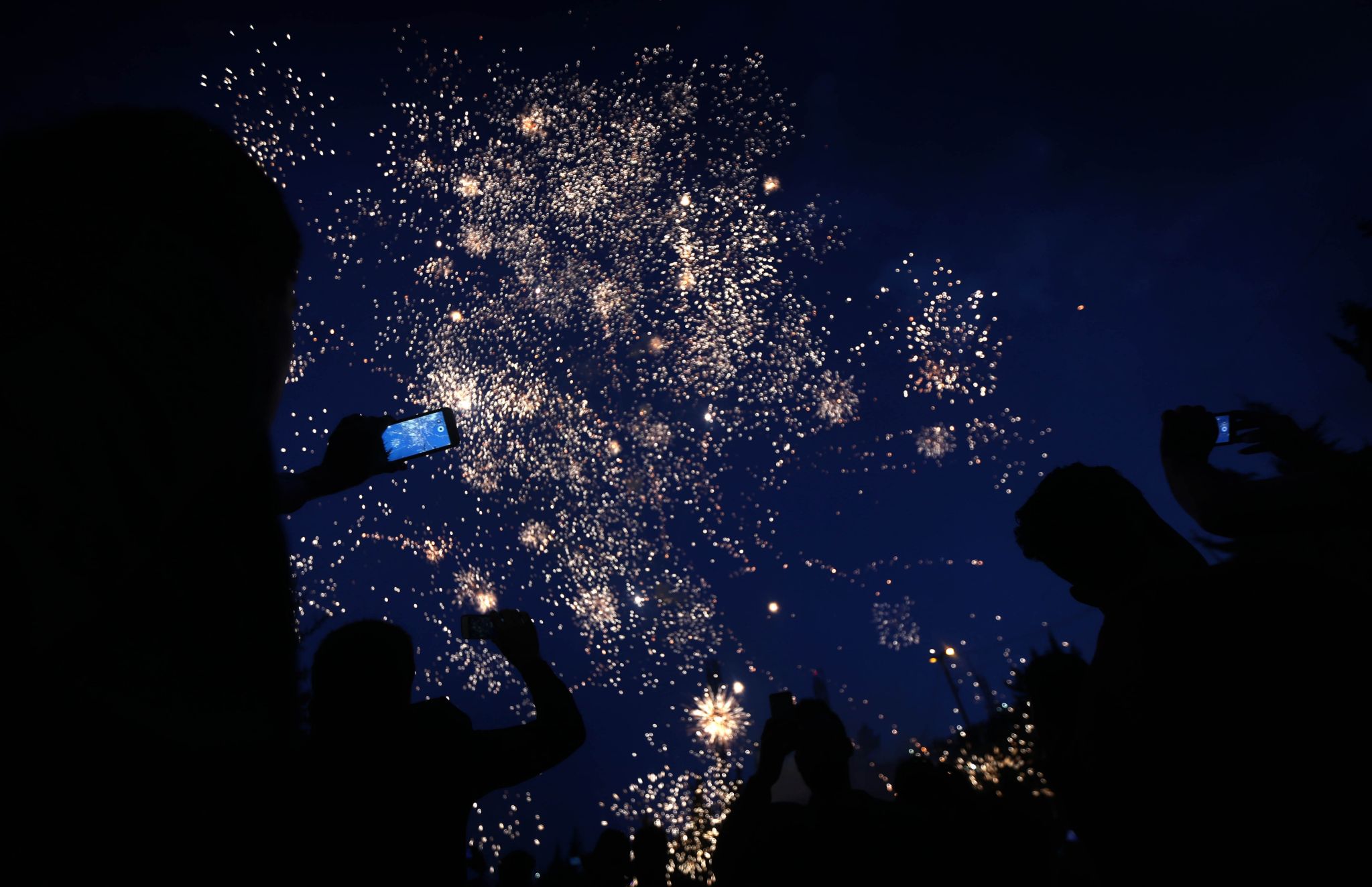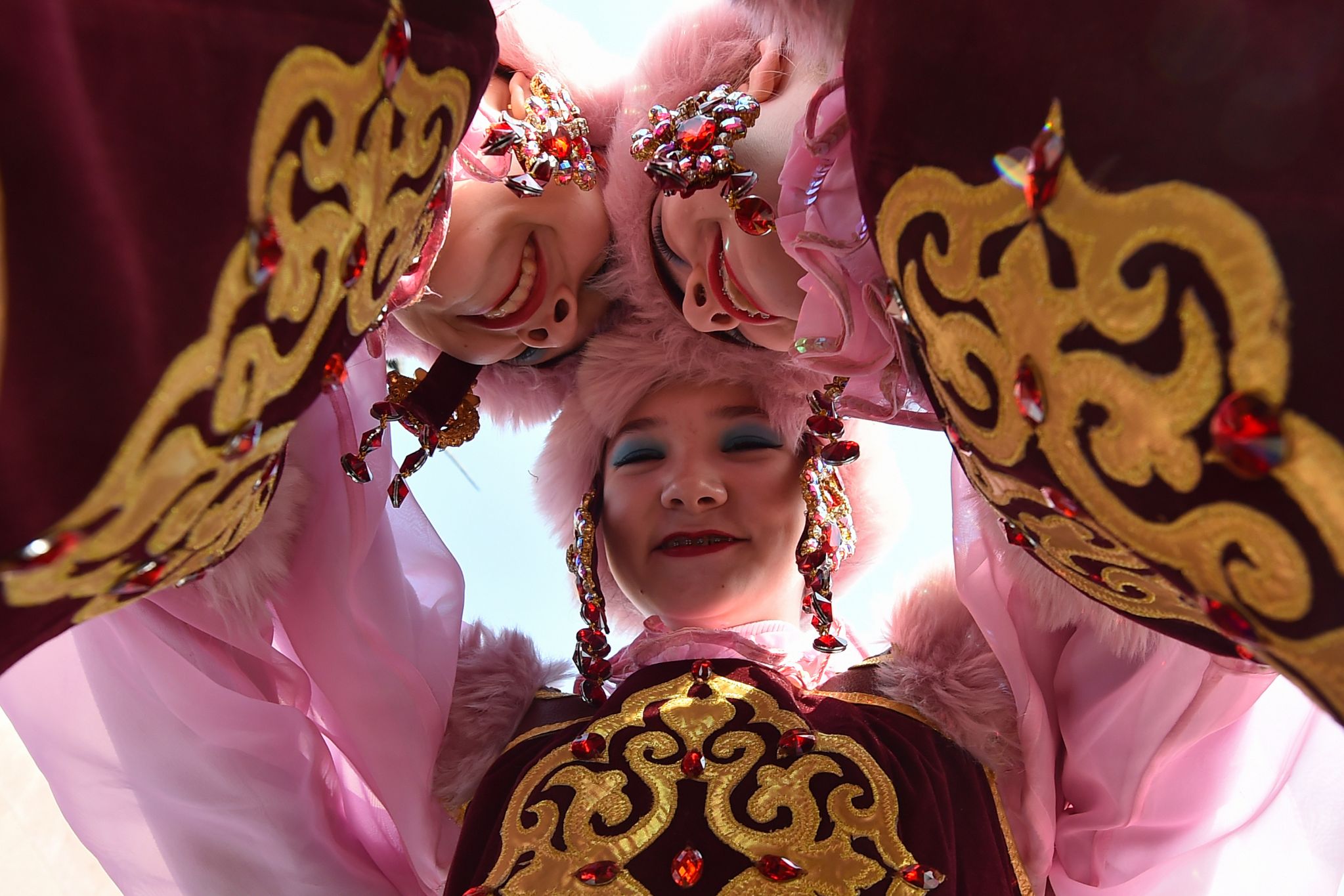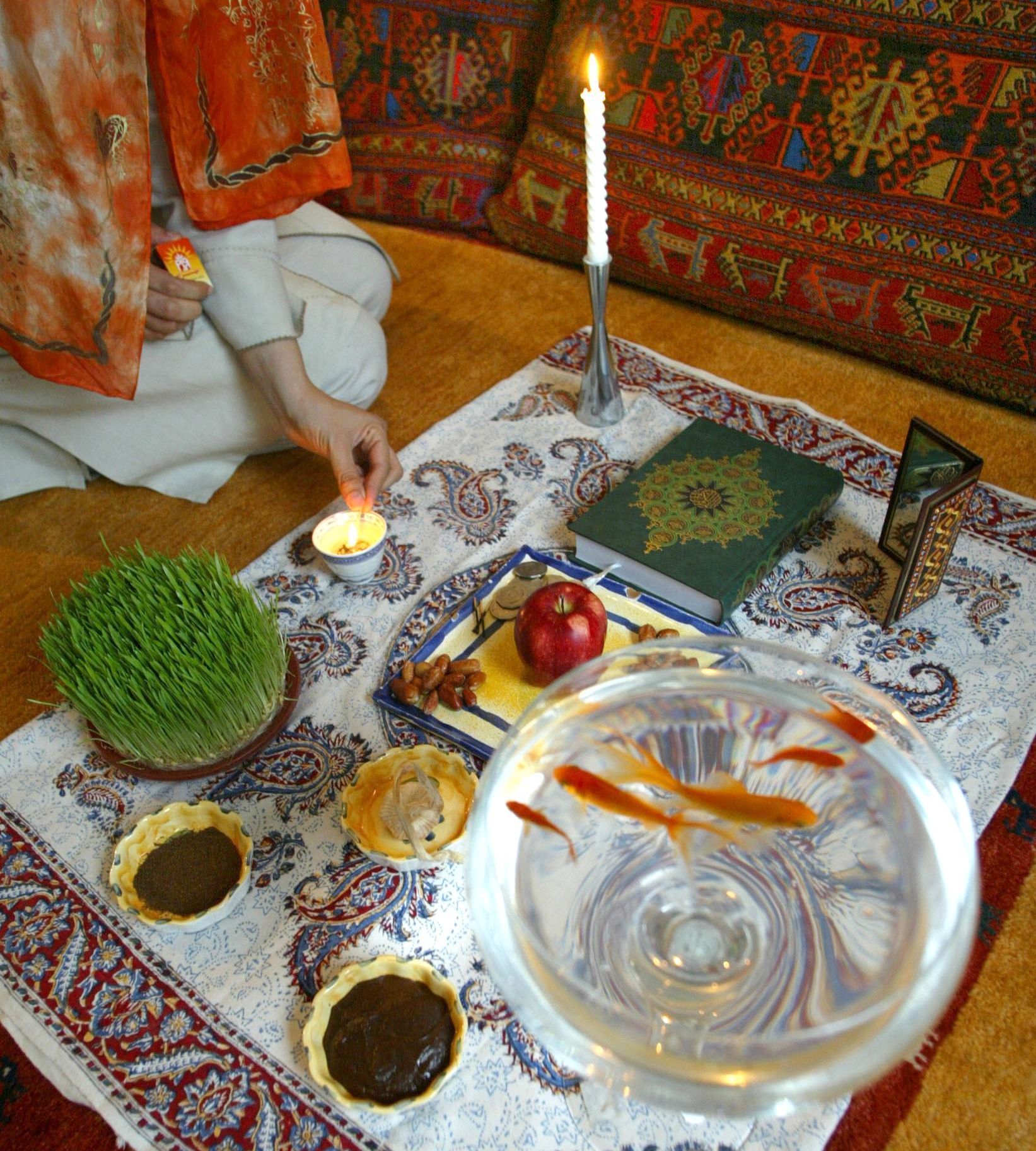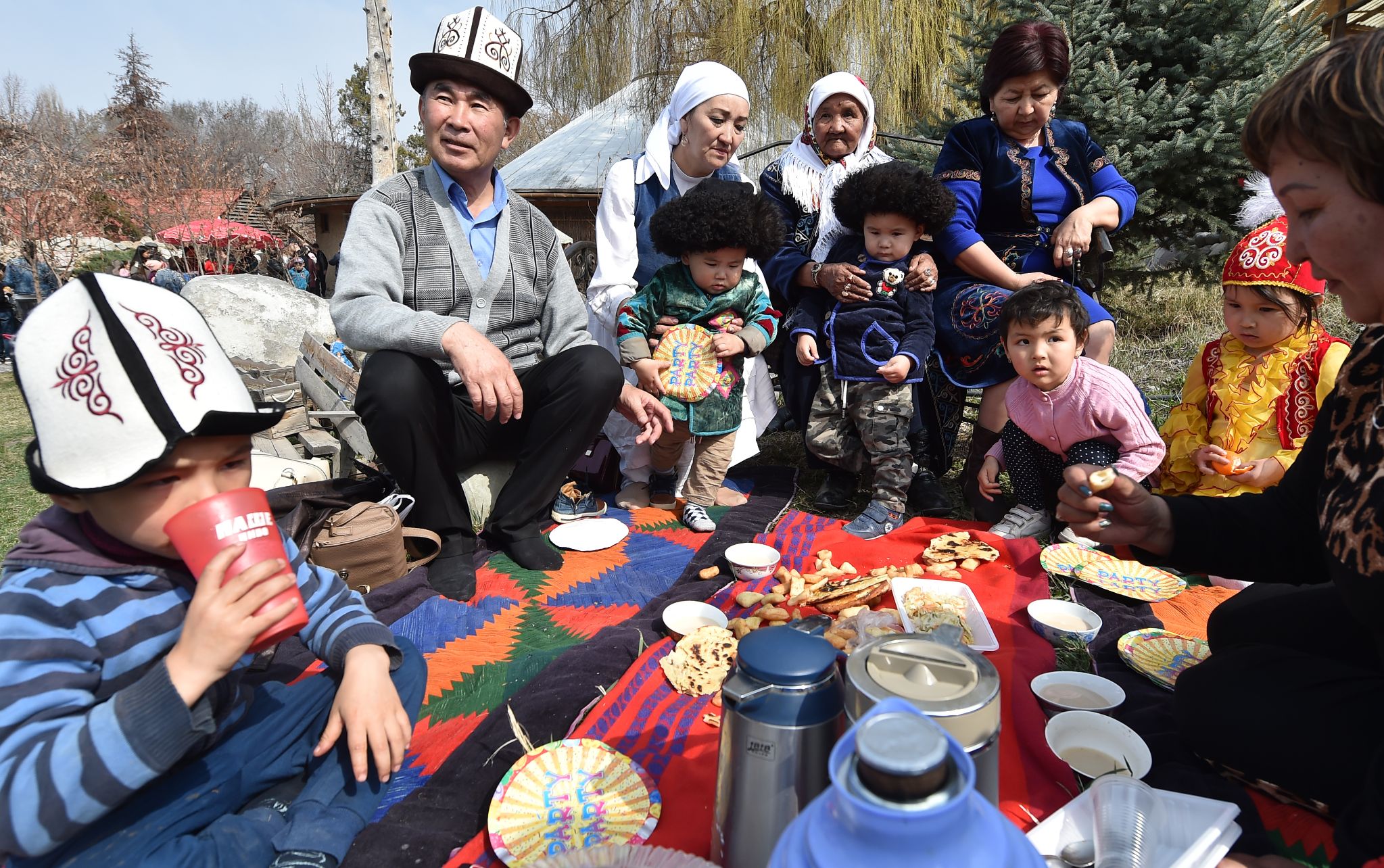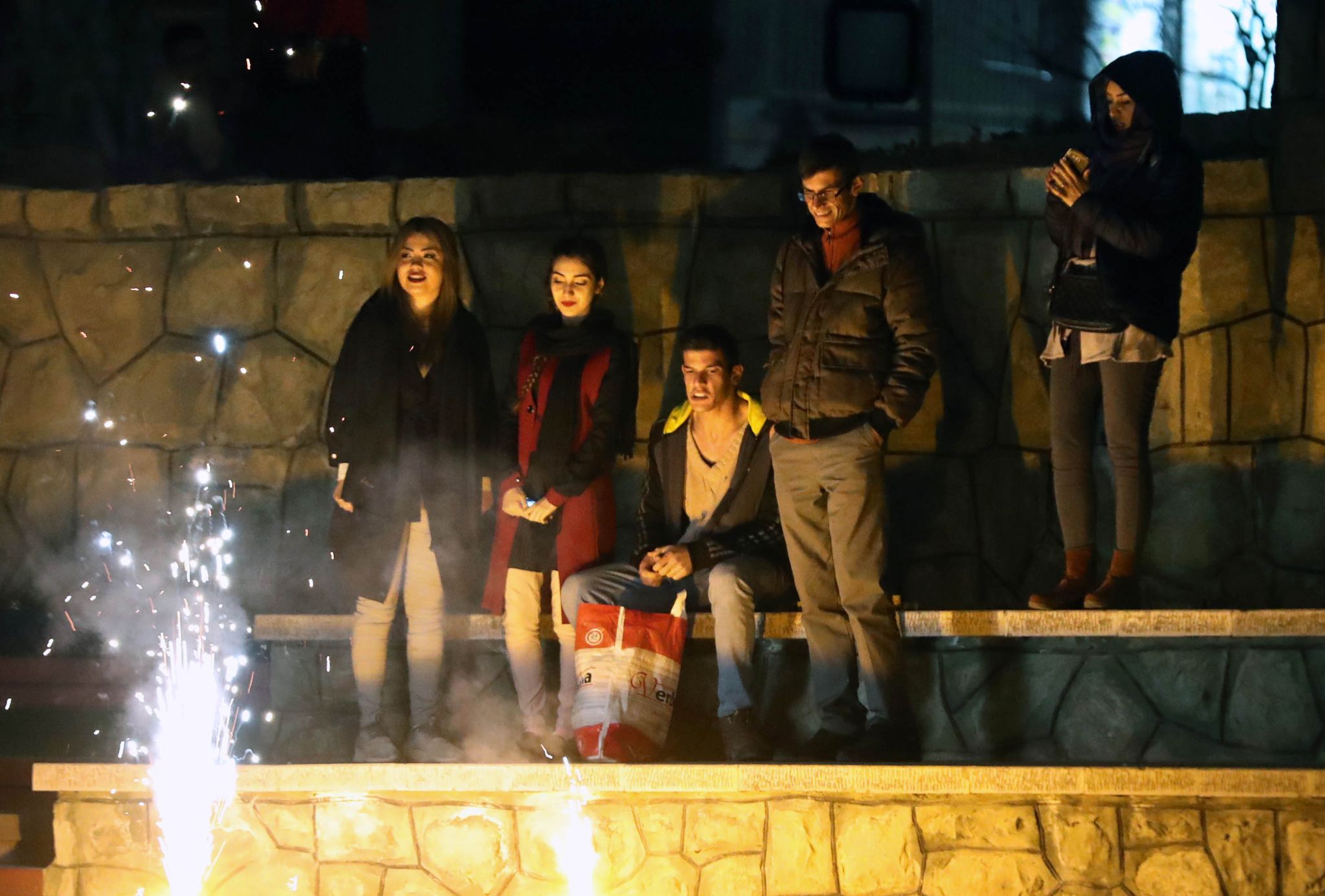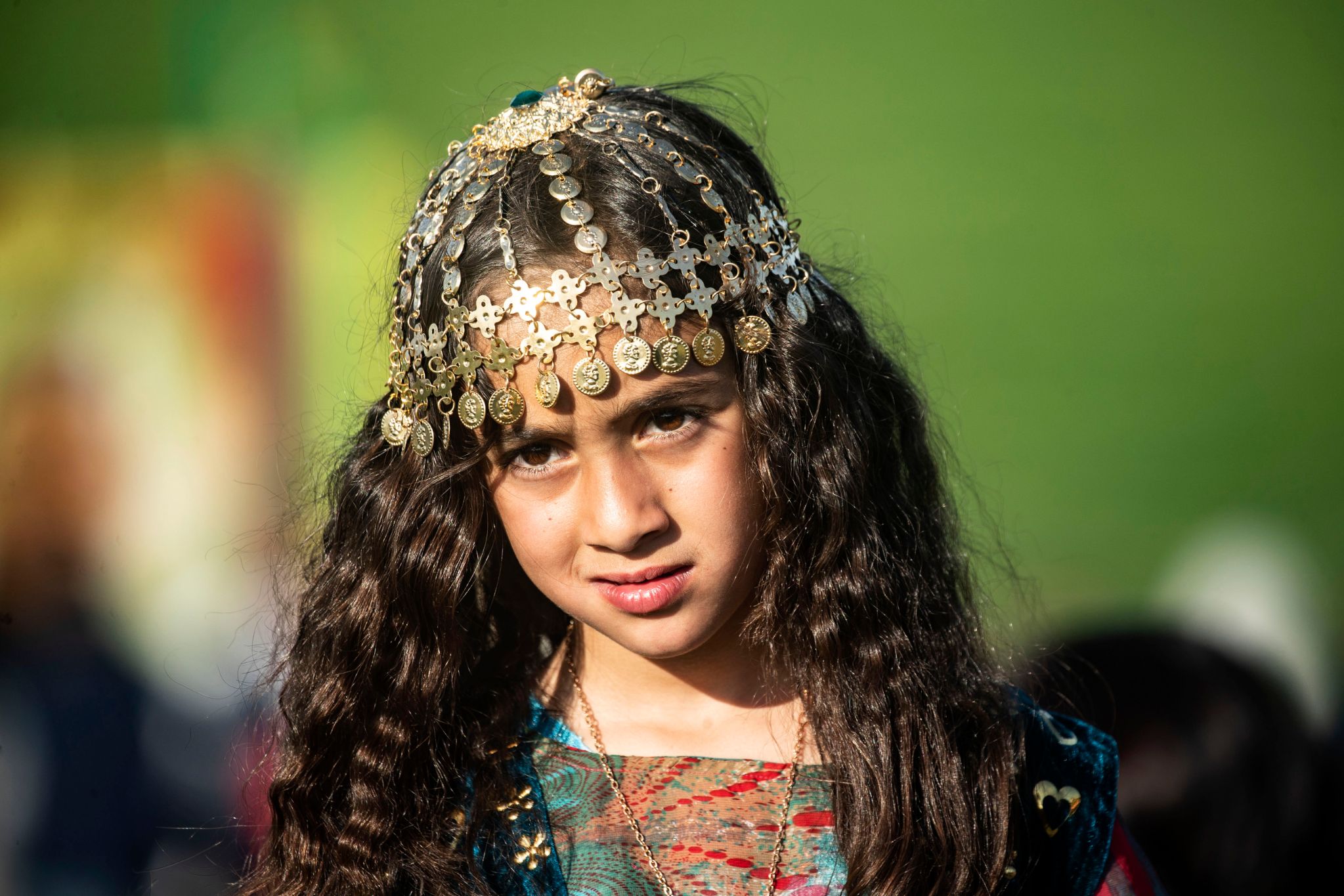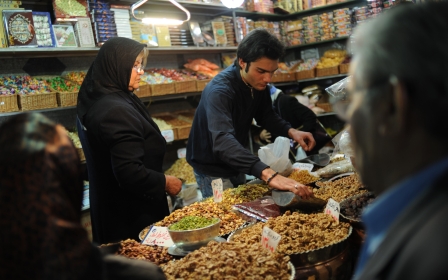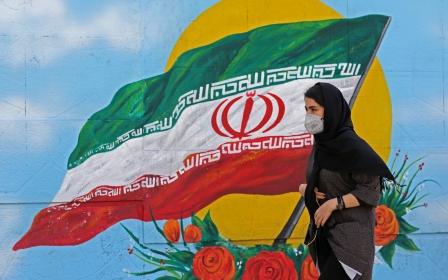What is Nowruz? The Persian New Year explained

Nowruz is the national New Year festivity celebrated in Iran, Afghanistan, and the Kurdish regions of Iraq, Turkey and Syria, and throughout Central Asia.
With roots going back to at least 3,000 years, Nowruz is one of the oldest festivals that is still marked by humans.
The event is a springtime celebration whose activities symbolise rebirth and the link between humans and nature. The Iranian poet Saadi (1210-1291) wrote: “Awaken, the morning Nowruz breeze is showering the garden with flowers.”
While the two-week celebrations centre on seeing relatives, picnicking, travelling, and eating traditional food, Nowruz itself - which is Farsi for New Day - is steeped in ancient myths and fiction, as well as traditions and symbols.
When is Nowruz?
New MEE newsletter: Jerusalem Dispatch
Sign up to get the latest insights and analysis on Israel-Palestine, alongside Turkey Unpacked and other MEE newsletters
It begins at the spring equinox - the moment when the sun crosses the equator and day and night are of equal length.
Usually, this is between 19-21 March, depending on astronomical calculations. This year, it is due to begin on 20 March a little after 7am Tehran local time.
Who celebrates Nowruz?
It is part of Zoroastrianism, a Persian religion that predates Christianity and Islam to the first millennium BC. It is both monotheistic - Ahuramazda, the supreme deity, is the creator of all things good - and dualistic in its teachings. In Zoroastrianism, fire and water are considered symbols of purity.
It was founded by Zoroaster (also known as Zarathustra), whose religious teachings are the foundation for Zoroastrianism.
His collections of writings are known as the Avesta.
When was Nowruz first celebrated?
Described by 11th-century Persian astronomer and poet Omar Khayyam as “the renewal of the world”, Nowruz dates back thousands of years.
It is not known exactly how far back Nowruz goes, but current estimates are that it is at least 3,000 years old, when the Persian empire extended beyond the borders of modern Iran. It is not mentioned in the Avesta.
Over the centuries, this age-old rite has developed and expanded. Gradually, the celebrations accumulated more social, religious and cultural influences as they spread along established trade routes and among an estimated 300 million people.
It has survived centuries of conquests, from the seventh- and eighth-century Arab forces which invaded the Persian world to governments in the former Soviet republics in Central Asia; from the Taliban in Afghanistan to secular authorities in Turkey, Syria and Iraq, which have tried to curtail Kurdish cultural identity.
How do you prepare for Nowruz?
While specific traditions vary from country to country, as different cultures add their own elements, the central theme is the same: a celebration of spring and a time for rebirth and renewal.
In Afghanistan, for example, the main event is Guli Surkh, or the Red Flower Festival in the northern city of Mazar-i-Sharif, where the buzkashi tournaments, a national sport similar to polo, are held during the first 40 days of the year. A goat carcass is used instead of a ball.
A commonality across the Central Asian countries is the 24-hour preparation of sumalak, a thick pudding made from wheatgrass, as women sing folk songs while stirring huge pots. Open-air festivals showcase nomadic traditions and sports, such as horse racing, wrestling, and archery.
Preparations for Nowruz celebrations in Iran begin weeks before the start of spring, including house-cleaning (khaneh takani). Families also grow sabzeh (wheat, barley, mung bean or lentils) in a dish.
When the greens sprout after a couple of weeks, the dish is placed on the Haft-seen table, which is the focus of Nowruz observance. It is joined by six other symbolic items which start with the Persian letter "seen" or S. That makes seven, a sacred number in Zoroastrianism. They include:
- seeb (apples) - symbol of health and beauty
- senjed (dried oleaster berries) - wisdom and rebirth
- samanu (wheat pudding) - strength/justice
- somaq (sumac) – patience
- serkeh (vinegar) - age/patience
- seer (garlic) - cleansing of body and environment
The Haft-seen spread also includes other items such as a mirror, symbolising reflection; coloured eggs, for fertility; and goldfish in a bowl, which represent life.
There is usually also a book by the Persian poet Hafez (1315-1390), or the Quran. They reflect Nowruz’s power to blend its ancient roots with more recent religious and cultural traditions.
How is Nowruz celebrated?
The arrival of Nowruz is announced by street singers, known as Haji Firooz, who wear colourful outfits and play the tambourine.
The performers blacken their faces with shoe polish or a mixture of soot and fat. Years ago, charcoal was commonly used. They represent a fictional character in Iranian folklore whose roots are ambiguous.
Some versions of the traditional story trace him to a character watching over the eternal flame of the ancient Zoroastrians; another is that Haji Firooz was actually a black slave who entertained during the New Year in the Sassanid period (224 to 651 AD). Yet the more plausible theory is that he was one of the estimated two million black slaves who were brought to Iran from Africa as part of the 19th century Indian Ocean slave trade.
The last Tuesday evening before Nowruz (17 March this year) is the celebration of Chaharshanbeh Soori, the symbolic burning of all that was negative from the previous year while looking forward to a new beginning.
Related customs include jumping over bonfires in the streets while chanting: “Give me your red colour, take my yellow colour.” This symbolises how the fire takes away the yellow of sickness and gives back the red of health and warmth.
In recent years, firecrackers have become more frequent, much to the annoyance of some participants. There is also qashoq zani, which involves children banging spoons on cooking pots and knocking on neighbours’ doors to receive sweets.
What food do people eat for Nowruz?
On the first day of Nowruz, families gather at the home of their oldest family member.
The traditional New Year meal includes sabzi polo mahi (rice mixed with herbs and served with white fish); ash reshteh (a thick green soup with noodles, chickpeas and beans); and kuku sabzi (vegetable frittata).
Pastries include baghlava, toot (mulberry); naan-nokhodchi (chickpea cookies with pistachio); and ajeel (dried berries and raisins).
How long does Nowruz last?
The festivities end 13 days after the New Year with Sizdeh Bedar, which can be translated as either “getting rid of 13” (a symbol of bad luck), or “to hit the road”.
On Sizdeh Bedar, people head for open fields, plains, parks and riversides to picnic, taking with them the sabzeh they had meticulously grown. There, they throw the sabzeh into the river or the fields, to symbolise giving back to nature.
Schools and offices usually re-open the following day.
What's the Iranian government view of Nowruz celebrations?
After the 1979 overthrow of 2,500 years of monarchy, the Islamic Republic of Iran, which had initially tried to equate the celebratory rituals with paganism, failed to stamp out the festivities that are deeply embedded in Iranian culture.
Thus in Iran, Nowruz has become a symbol of resistance that is reflected in the common greeting Nowruz pirooz, which means “Nowruz victorious”, or more commonly, Eid shoma mubarak.
How do we know about Nowruz?
In his book Cyropaedia, the Greek historian Xenophon (431-354 BC) mentions the celebration that took place in Persepolis - Persepolis in Persian is Takht-e Jamshid, or the “Throne of Jamshid”.
According to Persian legend, Jamshid possessed divine glory and was commanded by the supreme Zoroastrian deity Ahuramazda - who represented light and fire, truth, goodness and wisdom - to fight Ahriman. Ahriman was his twin brother, the god of darkness, anger and death, who had caused drought, famine and the destruction of good and abundance.
After defeating Ahriman, every dry tree blossomed and Jamshid once more brought prosperity to his people, hence the present-day tradition of giving back the sabzeh to nature.
Related narratives are mainly traced from the epic Shahnameh (Book of Kings), by the 11th-century poet Ferdowsi, which credits the mythical King Jamshid for establishing Nowruz after he saved humans from a harsh winter that was destined to freeze the planet.
“He constructed a throne studded with gems, and had demons raise him aloft from the earth into the heavens; there he sat on his throne like the sun shining in the sky. The world's creatures gathered in wonder about him and scattered jewels on him, and called this day the New Day, or Nowruz,” Ferdowsi notes in Shahnameh.
This article is available in French on Middle East Eye French edition.
Middle East Eye delivers independent and unrivalled coverage and analysis of the Middle East, North Africa and beyond. To learn more about republishing this content and the associated fees, please fill out this form. More about MEE can be found here.


